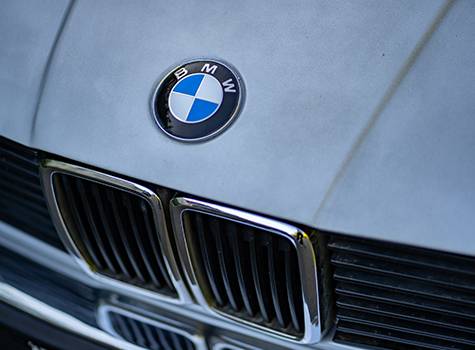The History and Evolution of BMW: A Comprehensive Guide
BMW: A Detailed Overview of Its Historical Evolution
Founded in the heart of Munich, BMW, or Bayerische Motoren Werke AG, stands as an emblem of automotive excellence. From its inception, BMW Engines has epitomised precision engineering and a commitment to innovation. Over the years, this dedication to quality has seen the company evolve from a humble aircraft engine manufacturer to one of the world’s leading car brands.
Known for their distinctive designs and cutting-edge technology, BMW has consistently pushed the boundaries of what’s possible in the automotive realm. Their story is one of resilience, evolution, and an unwavering pursuit of perfection, setting them apart in a competitive landscape.
In this comprehensive guide, we will journey through the rich history of BMW, delving deep into the milestones that have shaped its legacy. From early challenges to triumphant successes, we will explore how BMW has remained at the forefront of automotive design and technology for over a century.
The Birth of BMW: A Glimpse into the Early Years
In 1916, amid the shadows of World War I, BMW was born. Originally established as a manufacturer of aircraft engines, it would be several years before the company would turn its attention to cars. Their first engine, a reflection of the times, was a reflection of military needs. It wasn’t long before the prowess of BMW engines made waves in the aviation sector.
By the time the 1920s rolled around, the Treaty of Versailles put a halt to aircraft production in Germany. But adversity often breeds innovation, and it was this restriction that led BMW to diversify, initially into motorcycle production and later into automobiles. The DNA of precision, strength, and reliability from their aircraft days would weave its way into every BMW vehicle that followed.
The Iconic 1930s: The Emergence of the 328 Roadster
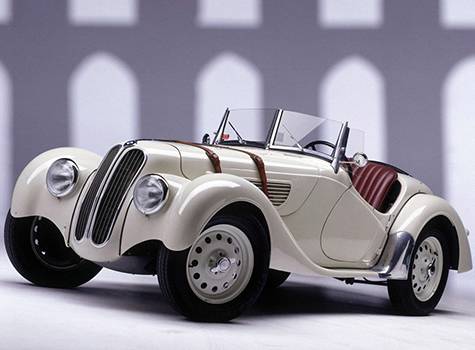
The 1930s saw BMW taking bold steps in the automobile world. The BMW 328 Roadster, introduced in 1936, quickly became an icon. Its elegant design, combined with unmatched performance for its time, made it a favourite among enthusiasts. The Roadster not only looked beautiful but under its bonnet, it featured one of the most advanced BMW engines of its time, delivering a perfect blend of performance and efficiency.
This was a period when BMW began establishing its reputation in the world of motorsports. The 328 Roadster’s successes on the race track further cemented BMW’s growing legacy, proving that they were not just about luxury, but performance too.
The Post-War Era: Challenges and Reinvention
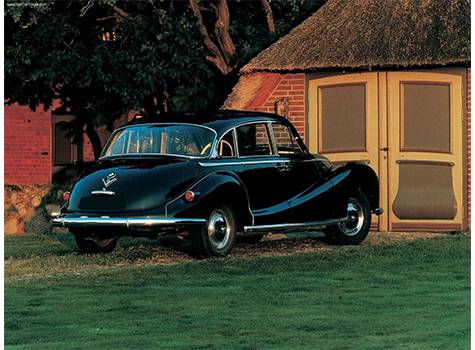
After World War II, BMW found itself in a difficult situation. The company’s factories had been severely damaged, and there were restrictions on manufacturing. Yet, despite these challenges, the late 1950s saw BMW bouncing back, showcasing its resilience and adaptability.
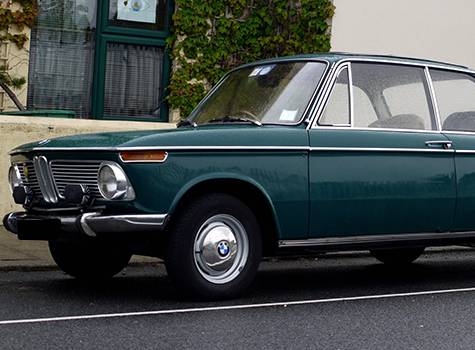
The introduction of the BMW 501 in 1952 marked the brand’s return to car production. This luxury saloon, with its distinct design and powerful BMW engines, paved the way for the brand’s future direction. But it was the introduction of the BMW 02 Series in the late 1960s that truly marked a turning point, blending sportiness with everyday usability.
The 1970s and 1980s: The Birth of the BMW M Division
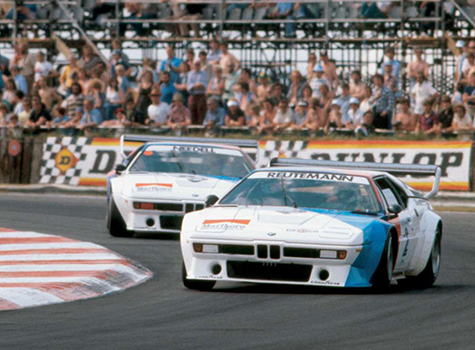
These two decades saw the emergence of the BMW M division, an arm of the company dedicated purely to performance. The M1, introduced in 1978, was the first car to wear the now legendary M badge. Under its bonnet was one of the most advanced BMW engines, designed for speed and agility.
The M3, launched in the 1980s, further solidified BMW’s reputation in performance. These vehicles, known for their agility, power, and precision, became a staple on both the road and the race track, proving once again that BMW was a force to be reckoned with in the automotive world.
The 1990s: Innovation and Technology
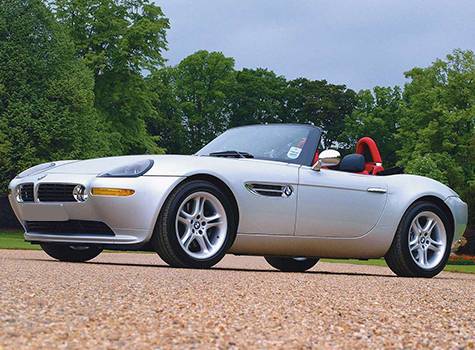
As the world moved towards the new millennium, BMW was not to be left behind. This decade was marked by technological advancements, and BMW was at the forefront. From pioneering new safety features to introducing some of the most advanced BMW engines, this era was all about pushing the boundaries.
Cars like the BMW Z8 and the revamped 7 Series showcased not just luxury, but a commitment to incorporating the latest technology, ensuring that BMW cars remained as cutting-edge as ever.
The 2000s: The Expansion of the BMW Family
This era was about growth and expansion for BMW. They introduced a range of new models, from the compact 1 Series to the sporty X6. Moreover, the acquisition of Rolls-Royce in 1998 meant that BMW was now also associated with the pinnacle of luxury motoring.
Under the hood, BMW engines were evolving too, with the company exploring hybrid technology and improving efficiency without compromising on performance.
The 2010s: Electrification and Sustainability
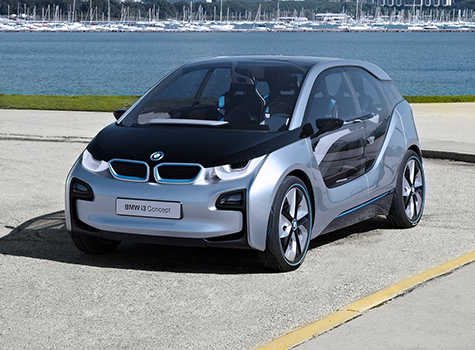
The 2010s saw a global shift towards sustainability, and BMW was ready. The launch of the BMW i3 and i8 marked the brand’s commitment to electric mobility. But even as they ventured into new territories, the hallmark of BMW engines’ performance was not forgotten. The i8, a hybrid sports car, proved that performance and sustainability could go hand in hand.
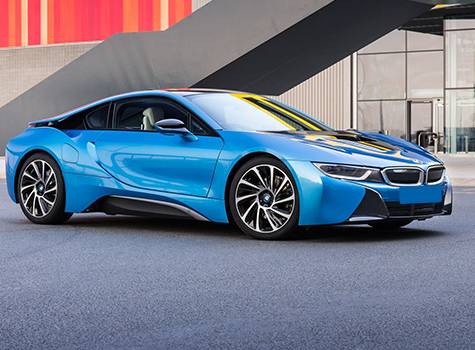
As we move into the next decade, BMW is poised to continue its legacy of innovation. With plans for more electric vehicles, further advancements in BMW engines, and a commitment to sustainable mobility, the brand is set to remain at the forefront of the automotive industry.
BMW in Motorsports: A Legacy of Racing
From the early days of the 328 Roadster to the modern-day M cars, BMW’s involvement in motorsport is extensive. Their commitment to racing has not only showcased their engineering prowess but has also influenced the design and performance of their road cars.
Future of BMW
The future of BMW is electric, autonomous, and sustainable. The company is investing heavily in the development of electric vehicles (EVs) and has committed to having at least 50% of its global sales be EVs by 2030. BMW is also developing autonomous driving technology and expects to have fully autonomous vehicles on the road by the mid-2030s. Finally, BMW is committed to sustainability and is working to reduce its environmental impact throughout its entire supply chain.
Here are some specific examples of BMW’s plans:
- Electric vehicles: BMW plans to launch more than 25 new EV models by 2025. This includes a wide range of vehicles, from sedans and SUVs to sports cars and luxury vehicles. BMW is also developing new EV technologies, such as solid-state batteries that offer longer range and faster charging.
- Autonomous driving: BMW is developing autonomous driving technology in partnership with other companies, such as Intel and Mobileye. BMW expects to have fully autonomous vehicles on the road by the mid-2030s. These vehicles will be able to drive themselves on highways and in cities, without any input from the driver.
- Sustainability: BMW is committed to reducing its environmental impact throughout its entire supply chain. This includes using sustainable materials in its vehicles, reducing its energy consumption, and offsetting its carbon emissions. BMW is also working to develop new sustainable technologies, such as hydrogen fuel cells.
Overall, the future of BMW is bright. The company is well-positioned to lead the automotive industry in the transition to electric, autonomous, and sustainable vehicles.
READ MORE